Cats are known for going into heat at the most inopportune times. If you have a cat, then you know what I’m talking about! One minute they’re purring and rubbing up against your leg, and the next they’re howling and spraying urine all over the house. In this article, we will provide you with answers to some of the most common questions people have about getting their cats out of heat. We will also provide some helpful tips on how to make the process less stressful for both you and your kitty!
What does a cat in heat feel?
A cat in heat will usually exhibit certain behaviors, such as increased vocalization, restlessness, and rubbing against objects. She may also allow you to pet her more than usual and be extra affectionate. However, some cats in heat may become aggressive or withdrawn.
If your cat is displaying any of these behaviors, it’s likely that she is in heat. If you’re not sure, you can always check with your veterinarian. They will be able to give you a definitive answer and help you plan the next steps. [3]
Is the Q-tip method safe?
The Q-tip method is a popular way to get a cat out of heat, but it’s important to be aware of the risks involved. The biggest risk is that your cat could ingest the Q-tip and become very ill. If you’re going to use this method, be sure to supervise your cat closely and remove the Q-tip as soon as possible.
Another risk is that you could accidentally hurt your cat while trying to remove the Q-tip. Be very careful not to push too hard or pull too forcefully on the Q-tip. It’s also important to avoid getting any soap or other chemicals on your cat’s skin. If you’re not confident in your ability to safely remove a Q-tip from your cat’s heat, it’s best to consult a vet or professional groomer. [3]
Understand Why Your Cat is in Heat
The first step in getting your cat out of heat is understanding why they’re in heat in the first place. Cats go into heat for a few reasons:
- To mate and produce offspring
- To relieve boredom or stress
- To mark their territory
Mating is the most common reason cats go into heat, but it’s not the only one. If your cat isn’t spayed (a procedure that removes the ovaries and uterus), they’ll go into heat multiple times throughout their life. Each time they go into heat, they’ll yowl loudly, urinate more often, and might even spray urine around your house to mark their territory. [1]
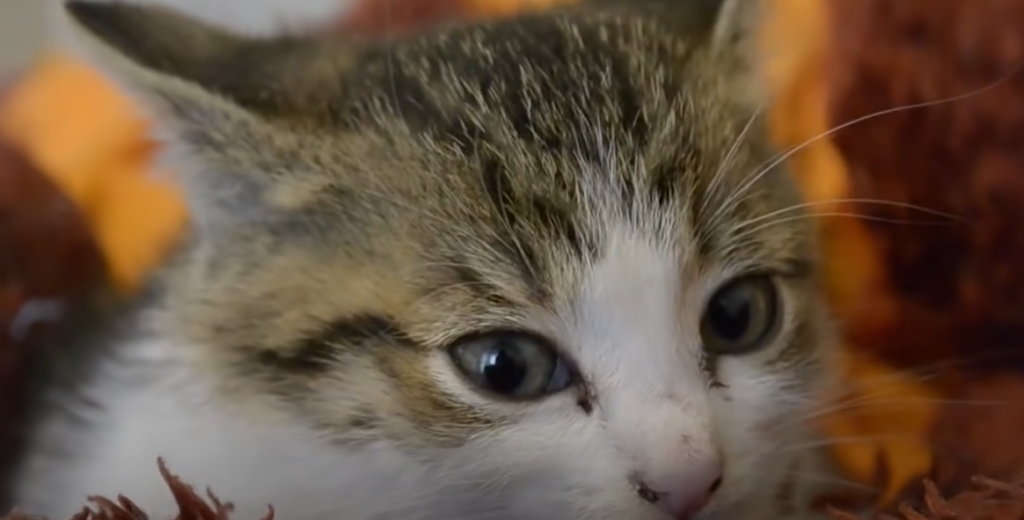
Identify the Symptoms of Heat in Cats
The first step in getting your cat out of heat is to identify the symptoms. The most common symptom of heat in cats is increased vocalization. Your cat may yowl or cry more than usual, and she may also seem restless or agitated. She may also urinate more frequently, and her urine may contain blood. If you notice any of these symptoms, it’s important to take action right away. [1]
How to Use Q-Tip Methods ?
There are a few different ways that you can use Q-Tips to help get your cat out of heat. The most common method is to dip the Q-Tip in water and then insert it into the cat’s rectum. This will help to cool down the area and make your cat more comfortable.
Another way to use Q-Tips is to apply a small amount of petroleum jelly to the tips. This will help lubricate the area and make it easier for the Q-Tip to slide in. You can also use this method if your cat is resistant to having theQ-Tip inserted into their rectum.
Once you’ve inserted the Q-Tip, leave it in for a few minutes before removing it. You can repeat this process as often as necessary to help keep your cat cool and comfortable. [1]
Things to remember when using the Q-tip method
When using the Q-tip method to get a cat out of heat, there are a few things to remember. First, be gentle. Your cat’s genitals are sensitive, so you don’t want to hurt her. Second, use a water-based lubricant on the Q-tip to help it slide in more easily. Finally, don’t force the Q-tip if your cat is resisting. If she’s really not into it, stop and try another method. [4]
Other Steps to Get Your Cat Out of Heat
Spay her
The most effective way to keep your cat from going into heat is to spay her. Spaying eliminates the hormones that cause your cat to go into heat. It’s a simple surgery that can be done by your veterinarian, and it has many benefits beyond keeping your kitty out of the Q-Tip heat.
If you have an indoor cat, spaying her will also help reduce the risk of developing certain cancers later in life. And if you have an outdoor cat, spaying her will help reduce the number of unwanted kittens born each year. So not only is spaying a great way to keep your own cat out of heat, it’s also a great way to help other cats in need! [1]
If you have any questions about spaying your cat, please don’t hesitate to ask your veterinarian.
Keep her indoors
The best way to keep your cat out of heat is to keep her indoors. If she’s an indoor/outdoor cat, try to limit her time outside and make sure she has a safe place to stay inside. [1]
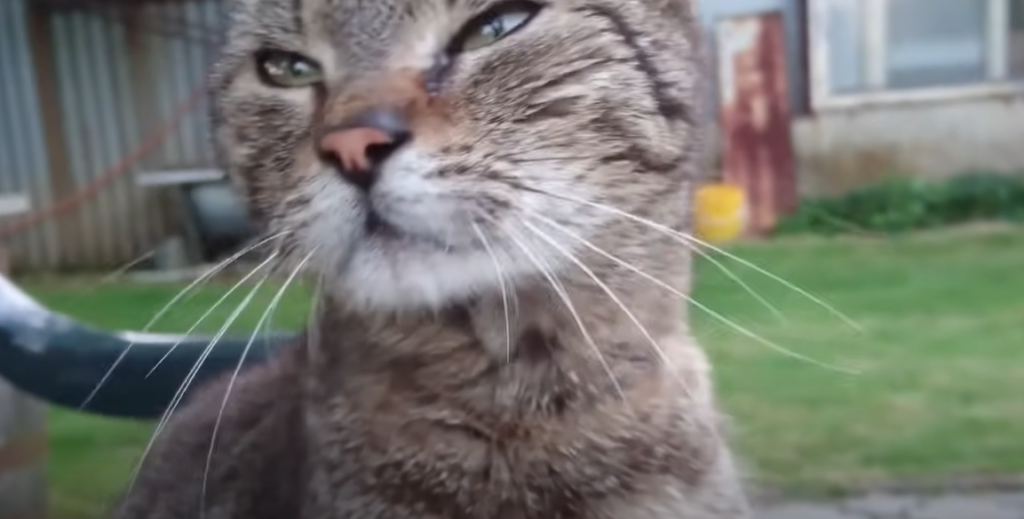
Keep her away from potential mates
If your cat is in heat, it’s important to keep her away from any potential mates. This means keeping her indoors and away from any other cats that might be able to get to her. If you have a male cat, it’s best to keep him in a separate room or even outside until she’s out of heat.
If you have multiple cats, you’ll need to be extra vigilant about keeping them apart. A door with a window in it can help, so the cats can see each other but not touch. [1]
Use a pet carrier
If your cat is resistant to being held, you may need to try using a pet carrier. Put a towel or blanket in the bottom of the carrier to make your cat feel more comfortable. Place the carrier in an area where your cat feels safe, such as near her food and water dishes or in a quiet room away from other pets and children. You may need to spend some time sitting near the carrier with your cat until she becomes used to it. Once she’s calm, put on some gloves and slowly reach into the carrier to help her out. Be sure to support her back end so she doesn’t fall and hurt herself. If possible, have someone else hold the carrier steady while you do this. [1]
Try herbal remedies
There are a few different herbal remedies that you can try to help your cat out of the Q-Tip heat. One is called “cat’s claw.” This herb helps to regulate hormone levels and can be found in most health food stores. You can give your cat this herb by mixing it with water and spraying it on their fur. Another option is chamomile tea. This tea has calming properties that can help to soothe your cat’s nerves and reduce stress levels. Lastly, lavender oil is also known for its calming effects and can be added to a diffuser or diluted and sprayed on your cat’s fur. [1]
Talk to your vet
The first step is to talk to your veterinarian. They will be able to give you the best advice on how to proceed based on your cat’s individual needs.
There are a few different options for getting a cat out of heat, and your vet will be able to help you choose the best one for your situation. [1]
Warm Pad Or Cloth
You can also use a warm pad or cloth on your cat’s abdomen. This will help to relax the muscles and ease the pain. It is important to make sure that the pad or cloth is not too hot, as this could burn your cat. You should also avoid using this method if your cat has any open wounds.
If you have tried all of these methods and your cat is still in pain, it is important to take them to the vet. They will be able to give you more specific advice on how to relieve your cat’s pain. [1]
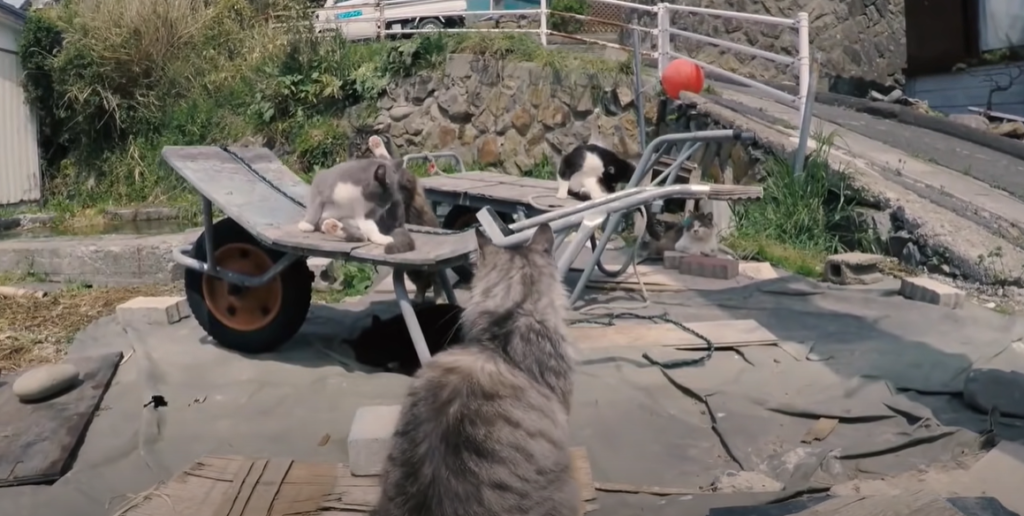
Q-Tip Alternatives to Help A Cat In Heat
The Needleless Syringe Method
If you don’t want to use a Q-Tip, there is another method that can be used in order to help a cat in heat. This is the needleless syringe method.
Your cat may resist this procedure, so it is important to be gentle and calm throughout. If done correctly, this method can effectively flush out your cat’s reproductive tract and provide relief from the discomfort of being in heat.
If you have any questions or concerns about this method, be sure to speak with your veterinarian before proceeding. [4]
The Thermometer Tip Method
If you have a digital thermometer, you can use the Q-Tip method to get an accurate reading of your cat’s temperature. Gently insert the thermometer into the rectum and hold it there for a few seconds. The average normal body temperature for a cat is 100.0 degrees Fahrenheit, so if your cat’s temperature is above that, she may be in heat. [4]
Finger Acupressure Method
If you want to try a more holistic approach, then the finger acupressure method may be for you. This involves applying pressure to specific points on your cat’s body. This can help to relieve some of the discomfort that they are feeling.
To do this, you will need to find the right spot. The best place to start is on the inside of their front leg, near the shoulder. You will need to apply pressure for 30 seconds and then release. Repeat this process several times until you see some relief in your cat’s symptoms. [4]
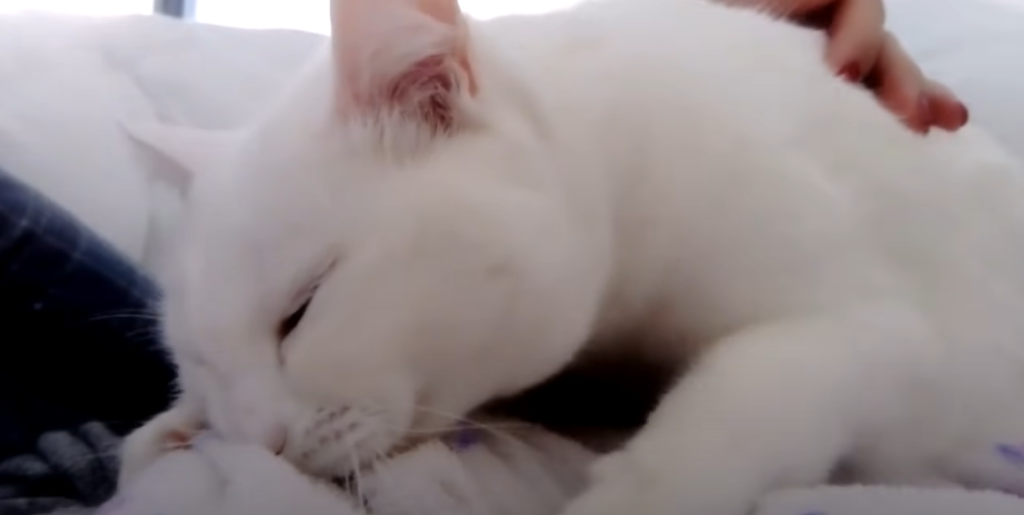
Dealing With Potential Complications Associated with Heat
The most common complication associated with heat is dehydration. When a cat is in heat, she will often pant and become restless, which can lead to her losing a lot of body fluid. If you think your cat is dehydrated, offer her small sips of water or electrolyte solution from a syringe or eyedropper. You can also try offering her wet food instead of dry kibble.
If your cat does not seem to be improving after a few days of being in heat, or if she seems to be in pain, it’s important to take her to the vet for an evaluation. Complications like pyometra (a uterine infection) are relatively rare but can be life-threatening if left untreated. [1]
Prevent Future Episodes of Heat in Cats
There are a few things you can do to prevent future episodes of heat in your cat. Spaying is the most effective way to prevent heat, as it removes the ovaries and uterus, which are the organs responsible for producing eggs and hormones. If you don’t want to spay your cat, you can try giving her hormonal injections or implants, which will suppress her heat cycles. You can also try using a product called “Genopause,” which is a drug that temporarily prevents ovulation in cats. Finally, you can keep your cat indoors during her heat cycle to avoid contact with male cats. [1]
Seek Veterinary Help if Necessary
If your cat is in heat and you cannot get her out, it is best to seek professional help. Your veterinarian can give you medication to help ease your cat’s discomfort and help her to go into false labor. This will allow you to remove the Q-Tip from your cat’s vagina without causing her any pain or discomfort.
Once your veterinarian has given you the green light, you can proceed with trying to remove the Q-Tip from your cat’s vagina. If possible, have someone hold your cat while you do this so she does not squirm away. With a clean pair of tweezers, grip the base of the Q-Tip and gently pull it out. If it does not come out easily, do not force it. This could cause your cat pain or damage her vagina. [1]
How Often Do Cat’s Go Into Heat
The heat cycle of a cat usually lasts about 18-21 days. However, some cats may go into heat more frequently, while others may only go into heat every few months. [2]
Do Cat’s Bleed When In Heat?
One common question we get is whether or not cats bleed when they’re in heat. The answer is no, cats do not bleed when they are in heat. However, they may have a bloody discharge from their vulva which can be mistaken for blood. If you see any blood, it’s important to take your cat to the vet to rule out any other potential causes.
Another common concern is that cats will spray urine when they’re in heat. While spraying is more common in intact males, females can also do it if they feel threatened or stressed. If your cat is spraying during her heat cycle, she may be trying to mark her territory and let potential mates know she’s available. [2]
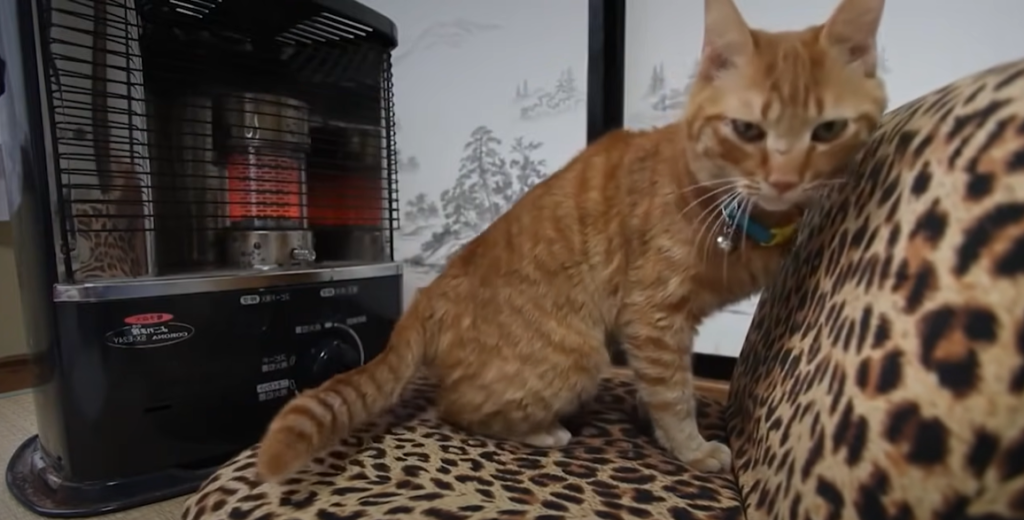
What Does A Cat Period Look Like?
Most cats will go into heat for the first time when they’re around six months old. The average length of a cat’s heat cycle is 18 to 21 days, but some shorter cycles can last as little as seven days while longer ones can last up to 35.
During this time, your kitty’s behavior will change quite dramatically. She’ll become more affectionate and vocal, wanting lots of attention from you. She may even start urinating more frequently in order to mark her territory and attract mates.
While your cat is in heat, you’ll need to take some extra precautions to keep her safe. She’ll be more prone to fighting with other cats and may try to escape the house in search of a mate. It’s important to keep her indoors during this time and provide her with plenty of toys and attention to keep her occupied. [2]
FAQ
Are Q-tips harmful to cats?
While Q-tips may seem harmless, they can actually be very harmful to cats. If a cat ingests a Q-tip, it can cause blockages in their intestines or even puncture their stomach. Additionally, the cotton on the end of the Q-tip can get caught in their throat and cause them to choke.
How do you stop a female cat from being in heat?
The easiest way to stop a female cat from being in heat is to have her spayed. This will prevent her from going into heat altogether and eliminate the need for you to constantly monitor her. However, if you don’t want to have your cat spayed, there are a few other things you can do to help ease her through the heat cycle.
Why does my cat love Q-tips?
There’s no one answer to this question since every cat is different. Some cats may enjoy the taste of Q-tips, while others may enjoy chewing on them for a variety of reasons. However, the most likely reason your cat loves Q-tips is because they provide a stimulating environment for them to play and explore.
Q-tips also offer a great way for your cat to get some exercise. Chewing on Q-tips can help strengthen your cat’s jaw muscles and keep their gums healthy.
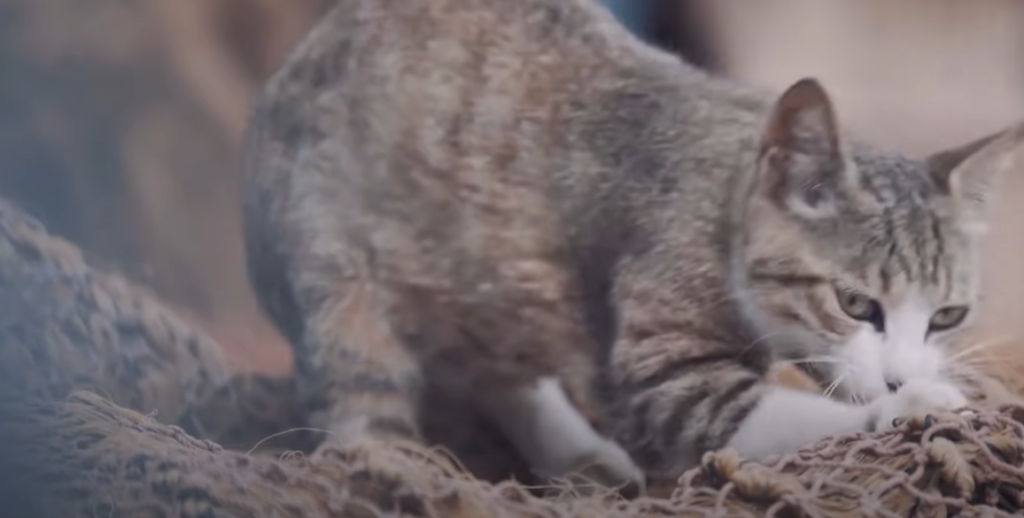
Why is my cat obsessed with ear wax?
There’s a good chance that your cat is simply fascinated by the ear wax because it’s new and interesting to them. Most cats are curious by nature and love to explore their surroundings. The ear wax may also smell good to your cat, which could be another reason why they can’t resist taking a little taste.
If you’re concerned that your cat is spending too much time trying to get at their ear wax, there are a few things you can do to deter them from this behavior. First, try spraying the area with a bitter-tasting deterrent like lemon water or apple cider vinegar. You can also try using a pet-safe anti-chew spray or applying some double-sided tape around the area. Finally, make sure your cat has plenty of toys and scratch posts to keep them occupied so they’re less likely to focus on their ear wax.
Is cotton toxic to cats?
The jury is still out on this one. Some people say that cotton is perfectly safe for cats, while others believe that it can be toxic. If you’re unsure, it’s always best to err on the side of caution and avoid using cotton around your cat.
If you do decide to use cotton, make sure that it’s only a small amount and that it’s not in any way accessible to your cat. For example, if you’re using cotton balls to apply medication to your cat’s skin, make sure that the cotton balls are out of reach once you’re done.
Useful Video: How to Help my Female Cat in Heat
Conclusion
Getting a cat out of heat can be a difficult and stressful process, but it’s important to remember that there are ways to help your cat through it. With a little patience and the right approach, you can make sure that your cat is comfortable and safe during this time. Thanks for reading! We hope this article was helpful. If you have any questions or concerns, please feel free to reach out to us in the comments section below. Thank you!
References:
- https://micatguide.com/how-to-help-a-cat-in-heat-q-tip-methods/
- https://oxfordpets.com/how-to-help-a-cat-in-heat-q-tip/
- https://bestlifetips.net/how-to-help-a-cat-in-heat-q-tip/
- https://ikittycat.com/how-to-help-your-cat-in-the-heat-with-a-q-tip-method/

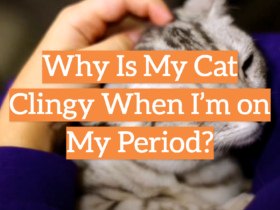





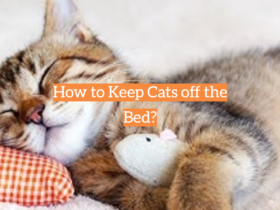


Leave a Reply